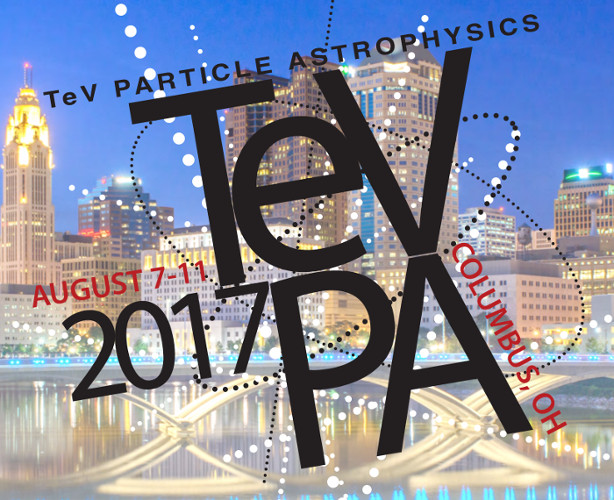Speaker
Description
We study gravitational wave (GW) production from bubble dynamics
during a cosmic first-order phase transition
by using the method of relating the GW spectrum to the two-point correlation function
of the energy-momentum tensor < T(x) T(y) >.
We adopt the thin-wall approximation but not the envelope approximation,
and take the (long-lasting) non-envelope parts into account by assuming free propagation after collision.
We first write down the analytic expressions for the spectrum,
and then evaluate them with numerical methods.
As a result, the growth and saturation of the spectrum are observed
as a function of the duration time of the non-envelope parts.
It is found that the IR region of the spectrum shows a significant enhancement
compared to the one with the envelope approximation,
growing from $f^3$ to $f^1$ in the long-lasting limit.
In addition, we find saturation in the spectrum in the same limit,
indicating a decrease in the correlation of the energy-momentum tensor at late times.
Our results are relevant to GW production from bubble collisions and sound waves.

